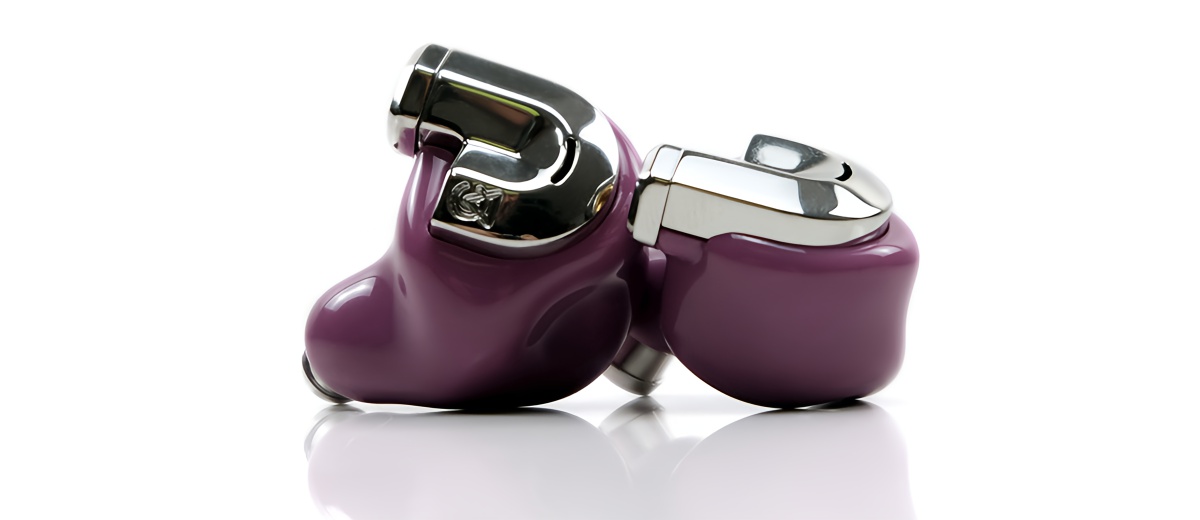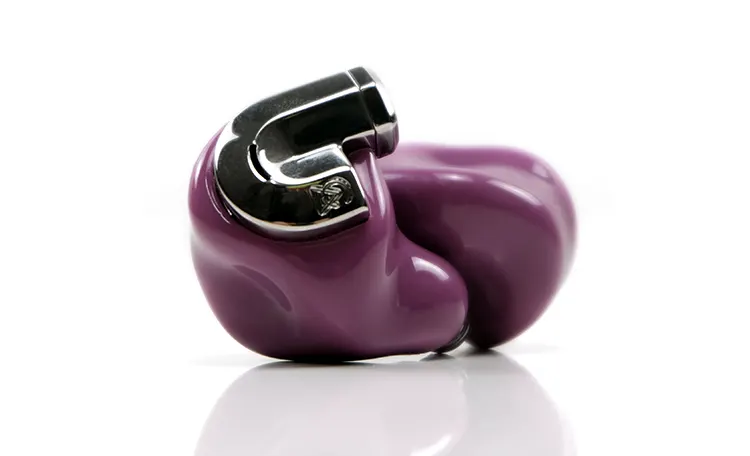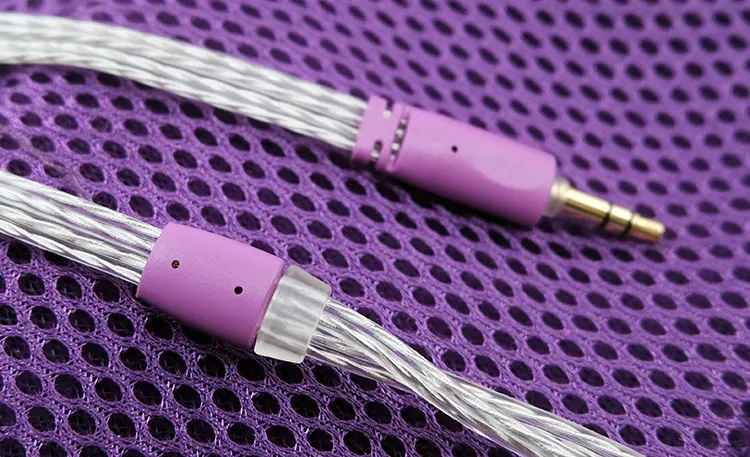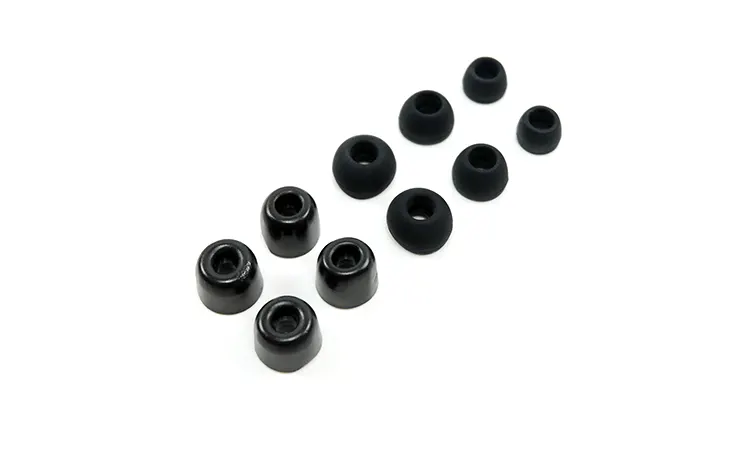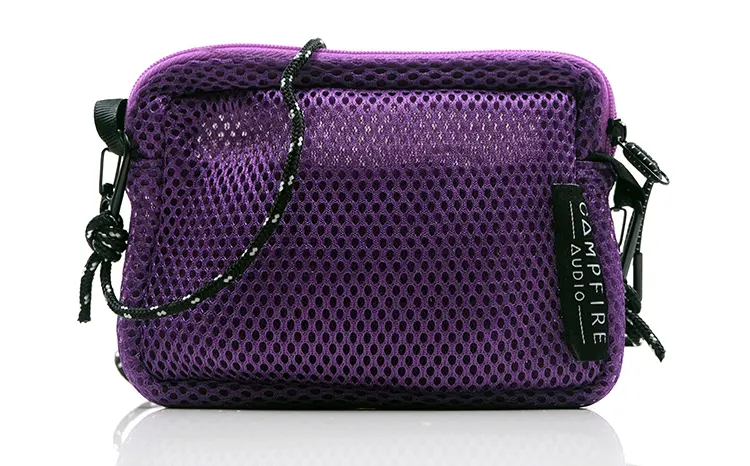We review the Campfire Audio Bonneville, which is the flagship Chromatic Series IEM featuring a hybrid dynamic and triple BA driver configuration. It is priced at $1399.
Disclaimer: This sample unit was sent to us in exchange for our honest opinion. Headfonics is an independent website with no affiliate links or services. We thank the team at Campfire Audio for their support.
Click here to read more about Campfire Audio products we previously covered on Headfonics.
Note, that this article follows our current scoring guidelines which you can read in more detail here.
The Campfire Audio Bonneville is the flagship monitor of the company’s new Chromatic Series which they launched towards the end of last year.
There are currently 3 other models in this new series ranging from the entry-level single dynamic driver Cascara to the re-positioning of the popular planar Supermoon into a universal format as the penultimate model and then in between, we have the 5 BA driver Ponderosa.
Probably what is most noticeable is a striking convergence of some of CA’s recent custom design techniques into a new universal form factor with many of these units having a similar driver configuration to their classic lineup.
In the case of the Bonneville, which is priced at $1399 for the Essential and $1599 for the Deluxe Edition, we have a hybrid driver design that mirrors the Solaris series driver configuration but with a completely new and very striking purple resin design.
I can tell you now though, it sounds nothing like any Solaris series IEM I have reviewed before and I have most of them here including the new Stellar Horizon Edition. In fact, for many, this one not only sounds more exciting but might well be their most agreeable tuning to date.
Tech Highlights
Driver Configuration
The Campfire Audio Bonneville is a hybrid universal IEM consisting of a single 10mm dynamic and 3 balanced armature drivers. The precise configuration is the dynamic driver for the lows, a single BA for the mids, and a dual BA for the highs.
So, the big change is not the configuration of the drivers, which is the same as the Solaris hybrid series but rather the type of drivers chosen.
For example, the older A.L.D.C. 10mm dynamic driver found in a wide range of older Campfire Audio IEMs such as Solaris and the flagship Trifecta is now replaced with a new dual-magnetic 10mm variant with an entirely new sound signature.
The midrange BA driver is the new Knowles’ new dual-diaphragm armature which was first used by CA on the AK and their Pathfinder IEM and more recently, the Solaris Horizon Edition last year.
The dual-diaphragm RLQ technology inside these BA drivers is really about size and output power relative to that size. It allows CA to do more inside a smaller acoustical space.
Instead of one chamber inside each driver, you now have two, each equipped with its drive rod and diaphragm. Ideally, that improved output power should provide lower levels of distortion, sounding less “thin” and more natural in tone as a result.
The final two BA drivers might be similar to previous editions at least in type as they are both tweeter designs with I presume a single crossover between the mids and the highs at around 4k.
As a package, the Bonneville requires 14.59 mVrms to reach 94 dB @ 1 kHz for SPL and has an impedance rating of 29Ω @ 1 kHz so it is not as sensitive as the Solaris Stellar Horizon which I suspect is down to the new dynamic driver.
Design
The Bonneville aesthetics have some very ‘metro-cool’ pop with a solid-toned Amethyst type of purple combined with the chrome accents to the front and on the spout. It’s playful looking and modern in presentation and to be honest, it fits into the quirky styling CA likes to go for.
The form factor and materials borrow heavily from Campfire Audio’s custom side of the house but it is finished with their classic stainless-steel spouts to convert it into a universal design.
For those not aware, CA launched custom designs a few years ago starting with Equinox and the Solstice in 2019/2020.
Much of what was done there has been applied to the Bonneville with that striking chrome ‘fender’ and spout that sits on top of a heavily contoured and 3D-printed solid-body purple acrylic material shell.
The chrome-finished outer of the Bonneville houses CA’s rounded beryllium/copper MMCX connectors as well as a relatively large slim vent for the dynamic driver to breathe right in the middle.
The similarly styled wide nozzle spout is the same engineering seen from the Solaris and Trifecta with its 7 smaller and 1 central larger outer opening.
This will have an effect on my chosen tips for use with the Bonneville. I normally ignore the supplied silicon tips with the older models but they worked a treat with the Trifecta so I am hoping for the same effect here.
Stock Cable
Choices
The Bonneville comes with variable cable selection options depending on which package you go for, the Essential or the Deluxe Edition.
With the Essential edition, you get one cable only and you can decide what termination you want, be it balanced 4.4mm/2.5mm or 3.5mm single-ended. With the Deluxe Edition, you get something closer to the Stellar Horizon and Trifecta package with the inclusion of 3 cables, each with a unique termination rather than having to pick one.
I still feel that one cable with an interchangeable socket system would be ideal. I said that in my previous reviews of these new cables and I stand by that in this review also. It would make for a more flexible Deluxe product.
The Bonneville stock cable itself is the same Time Series cable we have seen rolled out with CA’s more recent high-end offerings.
The only difference is on the cosmetic side with softer material, (i.e. not aluminum) connectors and splitters color-themed in either purple or black depending on your preference. I would go with Purple here no question to finish the theme off properly.
Geometry
The Bonneville Time Series cable is constructed using an 8-core SPC of around 26AWG with some element of Litz to prevent them from going oxidization given the jacket is a translucent soft PVC material.
The 46″/117cm long designs are unusual for their “Stax-like” flat geometry rather than a typical rounded wire build. It does make for a wider cable but the pros are that the cable is very memory and tangle-free making them a pleasure to work with in everyday use.
The memory coating on the cable MMCX connectors is super soft and low-profile. These are very comfortable around the ear creating zero hot spots through prolonged use with the softer rubbery barrel material reducing some weight over the Trifecta and Solaris Stellar Horizon versions.
Comfort & Isolation
This is a major difference from the Solaris series and for my money, the Bonneville is the most comfortable IEM Campfire has produced to date.
A few reasons for that but the most significant is the acrylic molding printed technology borrowed from the custom models and refined for a universal fit. That allows for more aggressive contouring of the main shells compared to the aluminum Solaris models resulting in a comfier general fit.
Also, the nozzles run almost perpendicular to the shell, and though technically previous CA IEMs have a somewhat perpendicular form factor the additional contouring and length are better allowing for a much deeper fit.
Combined with the tips, this also results in improved isolation but it’s not perfect given this is a vented hybrid IEM. There will be some leakage.
How much leakage depends on the choice of supplied tips. You get two types with the Bonneville, silicone and foam. They come in small, medium, and large sizes with the medium in both fitting my needs comfortably.
I will say though the foam tips do isolate a bit more but the pressure inside the ear always gets to me a bit. Also, with the wide nozzle design the silicone tips not only feel more comfortable but they perform at a higher level for sound quality, particularly for higher frequency resolution.
Packaging & Accessories
It is all changed again for the Bonneville packaging. This is a very stripped-down affair from the Trifecta and Stellar Horizon though the recyclable theme continues.
The flat rectangular box finishing is color-themed and looks cool with its retro-print but it is not overcomplicated by any stretch of the imagination. It does what it needs to do and holds everything inside neatly and tidily.
The setup for accessories is a bit different depending on the version you choose. The one we have here is the Bonneville Essential version which does not include the leather case and the additional Time Series cables from the Deluxe version.
What you do get in both is a matching purple strapped ‘man pouch’ or “Breezy Bag’ to give it the official title.
These are made out of the same padded mesh material that CA uses to protect the Bonneville drivers. It has plenty of space in there to fit your drivers, cables, tips, and matching decorative pin along with the cleaning tool that completes the accessory lineup.
Click on page 2 below for our sound impressions and recommended pairings.

